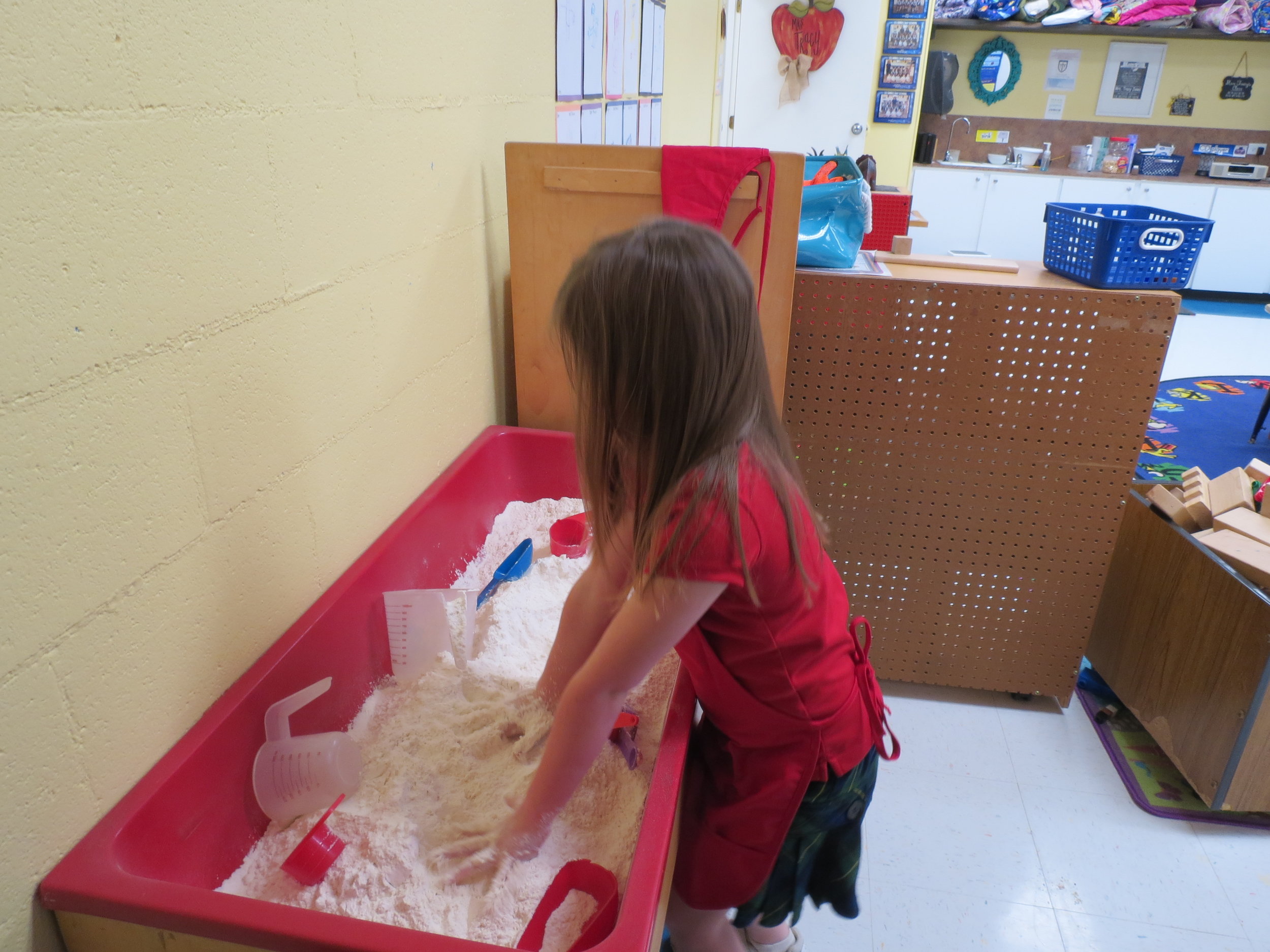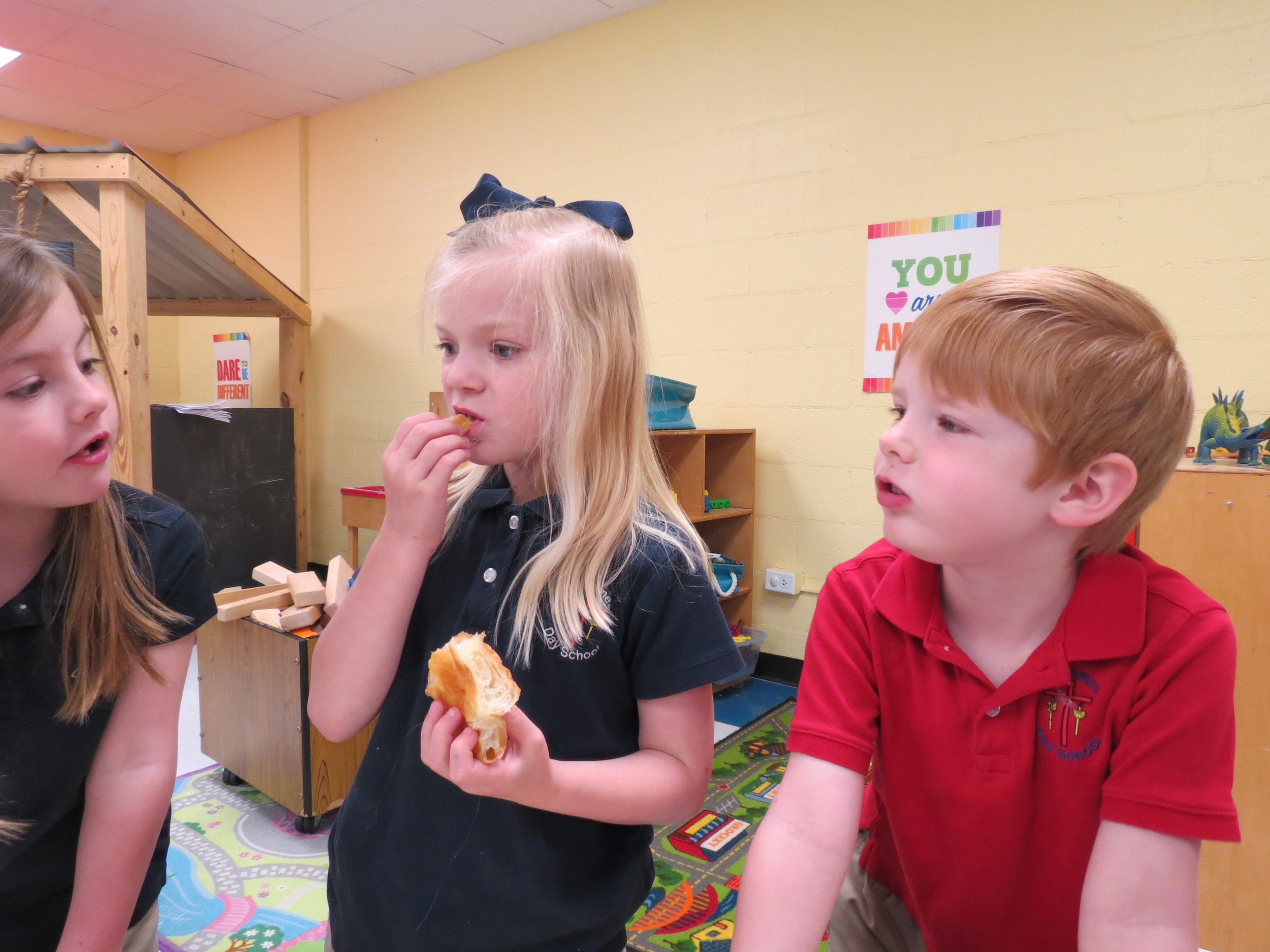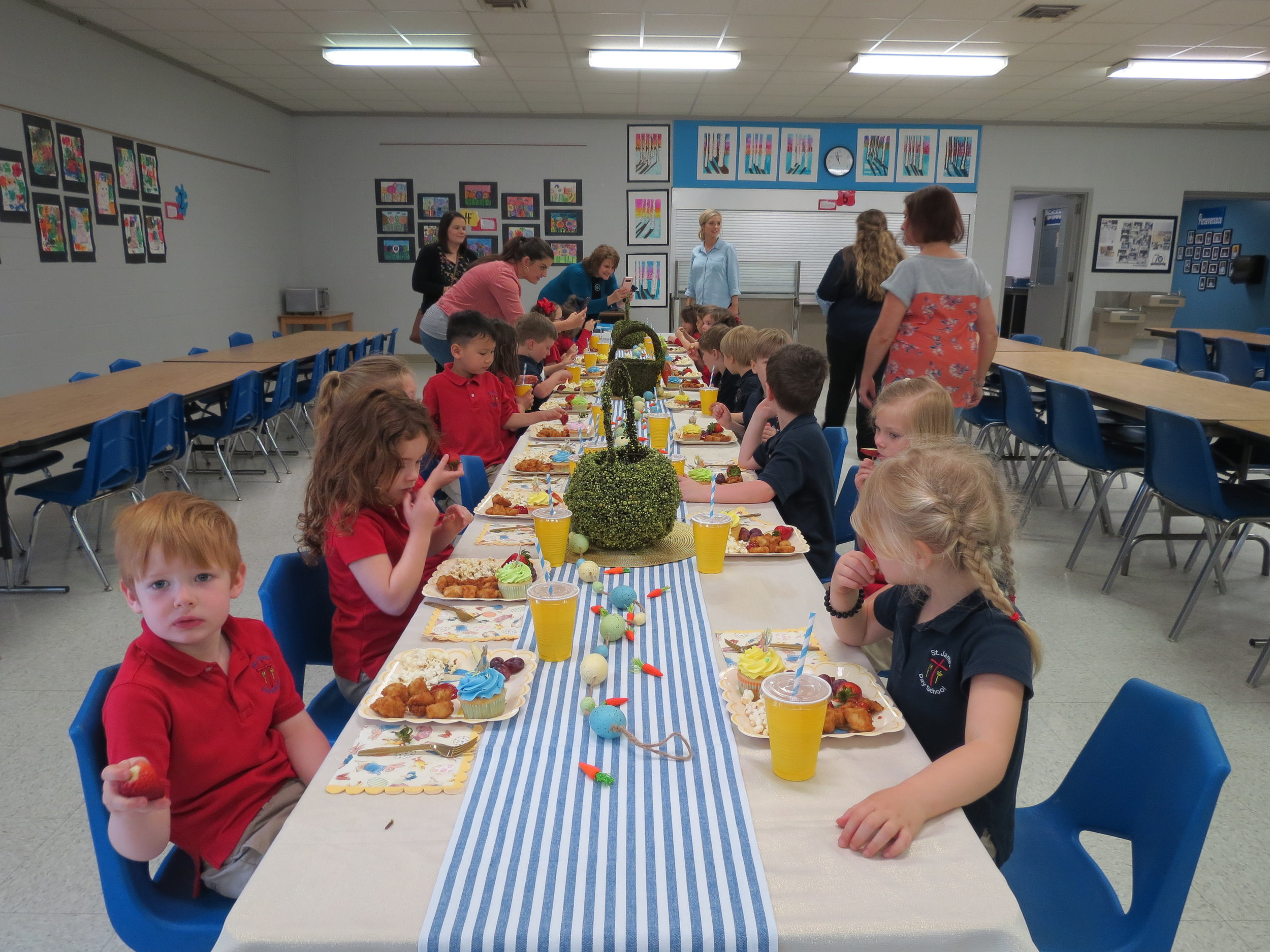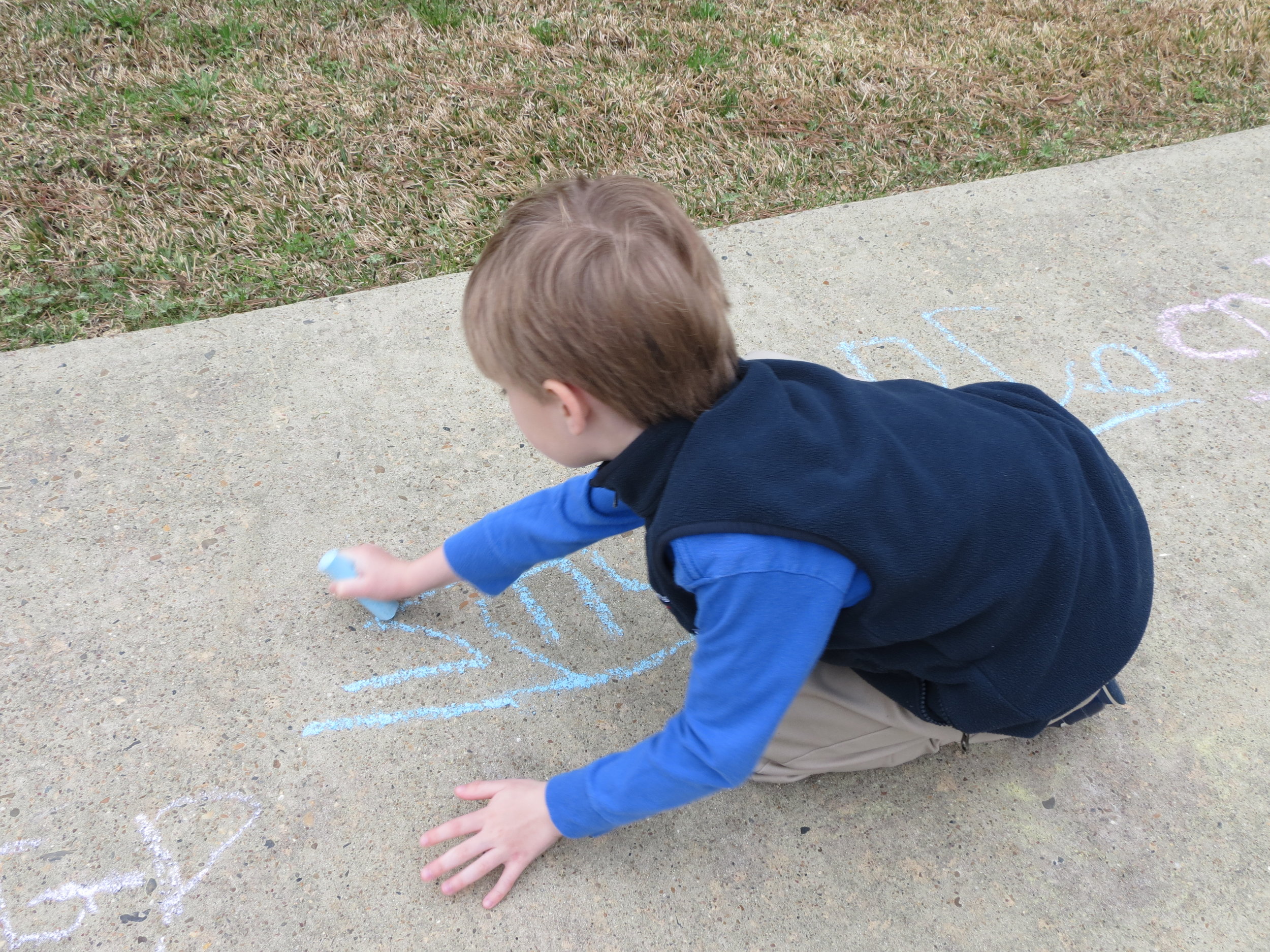I can not believe that this is the last blog for this school year. Big changes take place with social-emotional development in Pre-K. Part of my job as a teacher is to help students flourish through building relationships with others and interacting in groups. My main goal is to create an environment in which children feel safe so they can participate actively in daily routines and experiences through hands-on learning. St. James is my passion and I absolutely love working at a school where religion is openly talked about and taught. Looking through pictures of this year brought a huge smile to my face. We have laughed, cried, and shared many things together. We truly are a family!! I will miss this class, but look forward to seeing them on campus in August!
The slideshow is a glimpse into our Pre-K year…….enjoy!!


































































































































































































































































